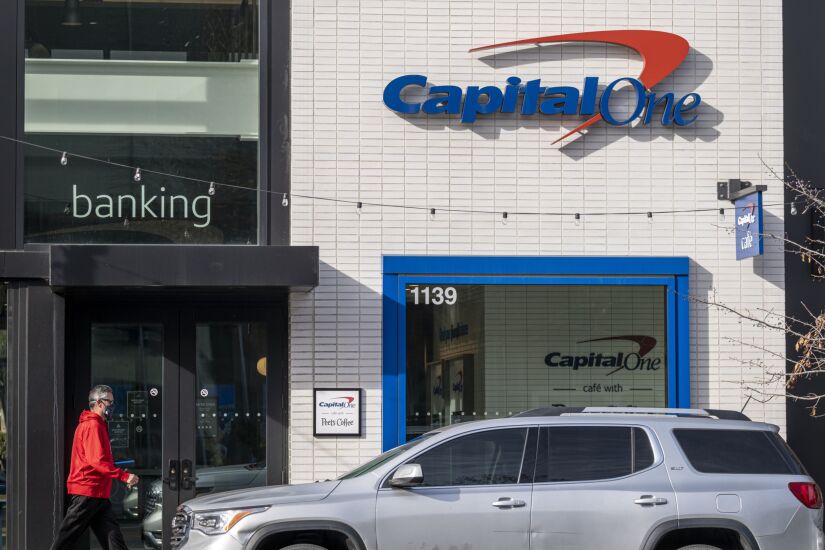The trickle of banks eschewing overdraft fees has become a flood.
Six months ago, American Banker
At the time, banks were facing competitive pressure from overdraft-free online challengers. And Biden-era regulators were expected to take a tougher stance on charges that could lead customers to pay $35 for a cup of coffee.
Since then, the landscape has started to change even faster.
New leaders at the
Some banks that had already announced changes meant to reduce their overdraft fee revenue unveiled additional steps. Other banks that had yet to take action pledged to do so soon.
The following rundown of 12 large and midsize banks describes not only the steps they are taking to reduce or eliminate overdraft fees, but also how they plan to compensate for the lost revenue. (Feb. 1, 2022 update: This slideshow has been updated to include JPMorgan Chase.)
It is not an exhaustive summary, and it doesn’t include either community banks or
It does, however, demonstrate how quickly a longtime mainstay of the consumer banking business has fallen into disfavor.

















